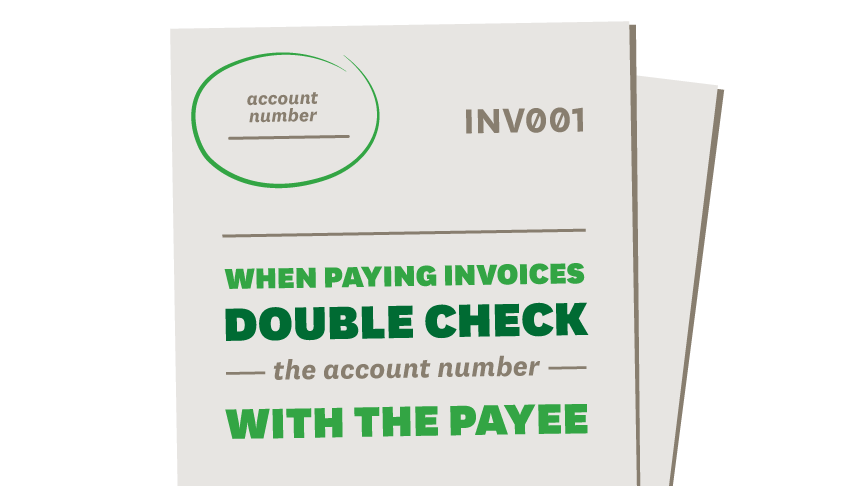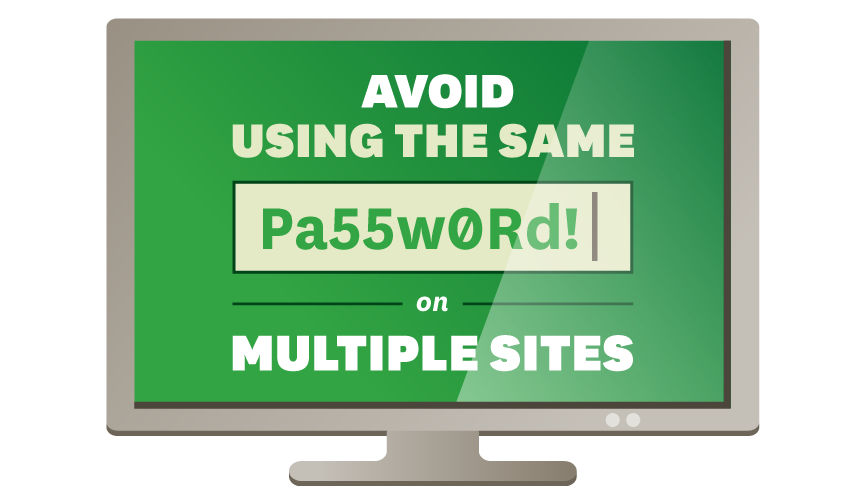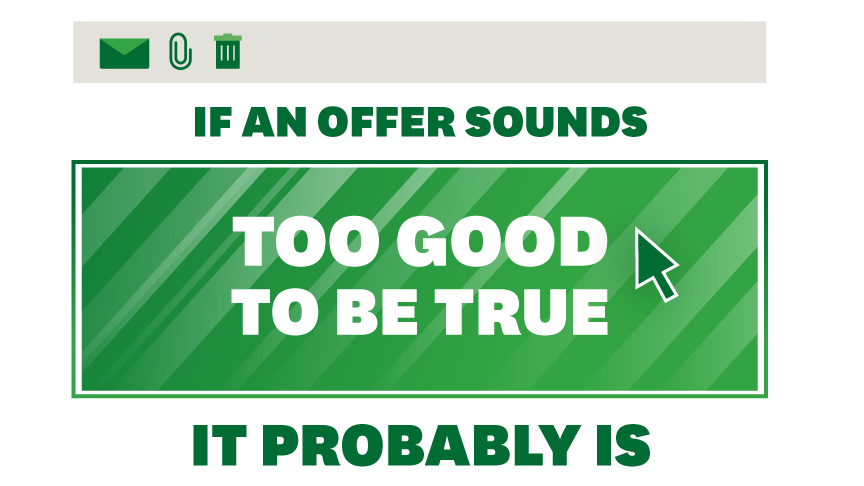"When I saw our credit card had gone over its limit, I immediately thought, what the heck has my husband bought! And, oh no I’ll be charged interest on that extra few hundred dollars.
Then I looked closer. And realised. We’d been scammed. Over TEN GRAND."
Check your invoices
Invoice fraud is when a criminal sends a fake invoice or changes the bank account details on a real invoice to a different account. It’s important to check invoice and account numbers carefully before making any payments, and if you’re paying an invoice to an account for the first time it’s best to give them a call and go through the invoice to make sure everything’s correct.

Use a strong password
A strong password includes letters, numbers and special characters (@ ! % $). Avoid using the same password on multiple sites as criminals regularly steal entire password lists from websites and try using them elsewhere, like your internet banking site. You could also consider using a passphrase – a passphrase is when you group together random words so that would-be criminals are less likely to guess your password. Using two factor authentication, adds an extra layer of protection.

Don't click links you're unsure of
Phishing emails look like a standard email from a company that makes you want to click a link or open an attachment which leads to a computer virus infection, or tricks you into handing over details. Watch out for unsolicited emails encouraging you to click on a link or send any personal information, like your credit card details. If you’re unsure, red flags to look out for include bad spelling and grammar, not recognising the sender’s details, or the company logo looks wrong.

